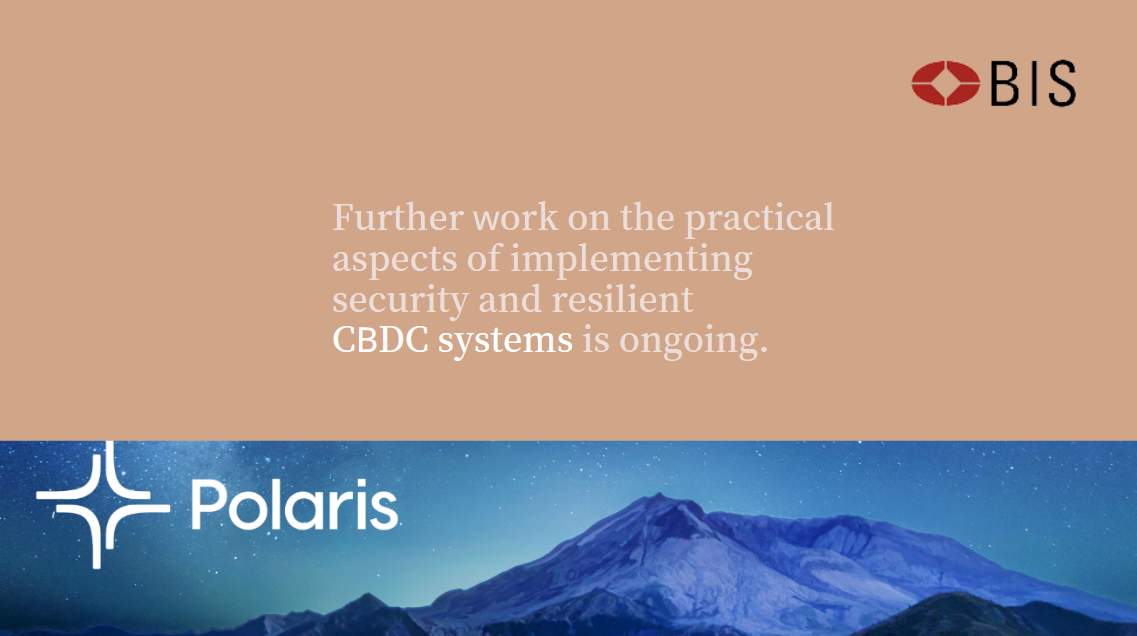Lessons learnt on CBDCs
Download → PDF full text
The world's central banks are stepping up efforts to prepare the ground for central bank digital currencies (CBDCs) either as digital cash (retail) or tokenised reserves (wholesale). This report shows how the BIS Innovation Hub is helping central banks on their CBDC journeys and discusses the lessons learnt so far.
The Innovation Hub has conducted 12 CBDC projects that cover retail and wholesale, both in a domestic and cross-border context. For domestic use cases, two projects investigate wholesale CBDC (wCBDC) and five look at retail CBDC (rCBDC). Across borders, four experiments look at wCBDC and one looks at rCBDC. For each category, the key insights and lessons learnt are presented from the perspectives of desirability, feasibility and viability.
For the different types of CBDC the report finds:
♦Wholesale CBDCs will be driven by the public and private sector's quest to shape the future of trading and settlement.
♦A retail CBDC is a complex undertaking, and not only for the central banks. The Hub's projects focus on individual aspects to shed light on these complexities. In particular, they are experimenting with (i) the most promising CBDC model, a two-tier model with public-private partnership; (ii) the most fundamental feature, privacy, and (iii) the greatest challenge, cyber security.
♦Cross-border CBDC arrangements are novel territory, and more complicated than their domestic counterparts. Common platforms are likely to have more upside and bring potential operational efficiencies compared with current arrangements but hub-and-spoke designs provide more flexibility for domestic systems and are thus easier to contemplate at least in the short run. By leveraging new technologies, central banks can provide new solutions to many "old" operational challenges and policy questions.






















































First, please LoginComment After ~